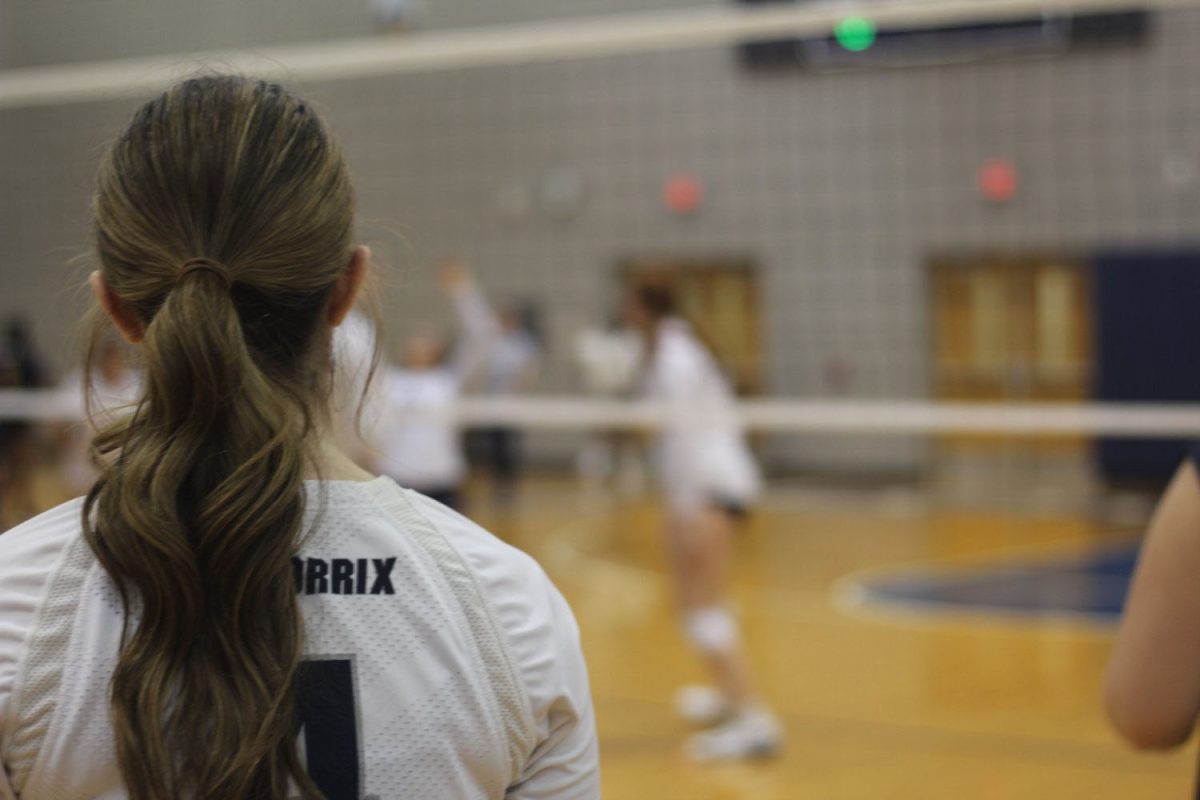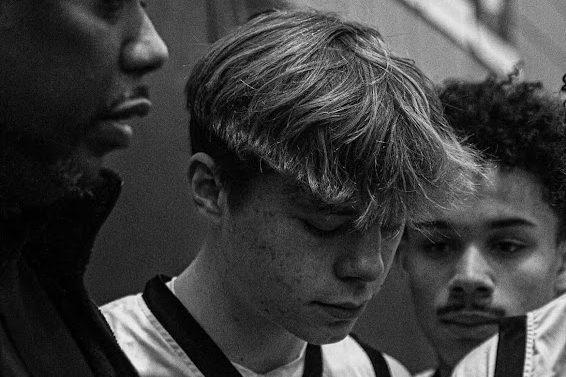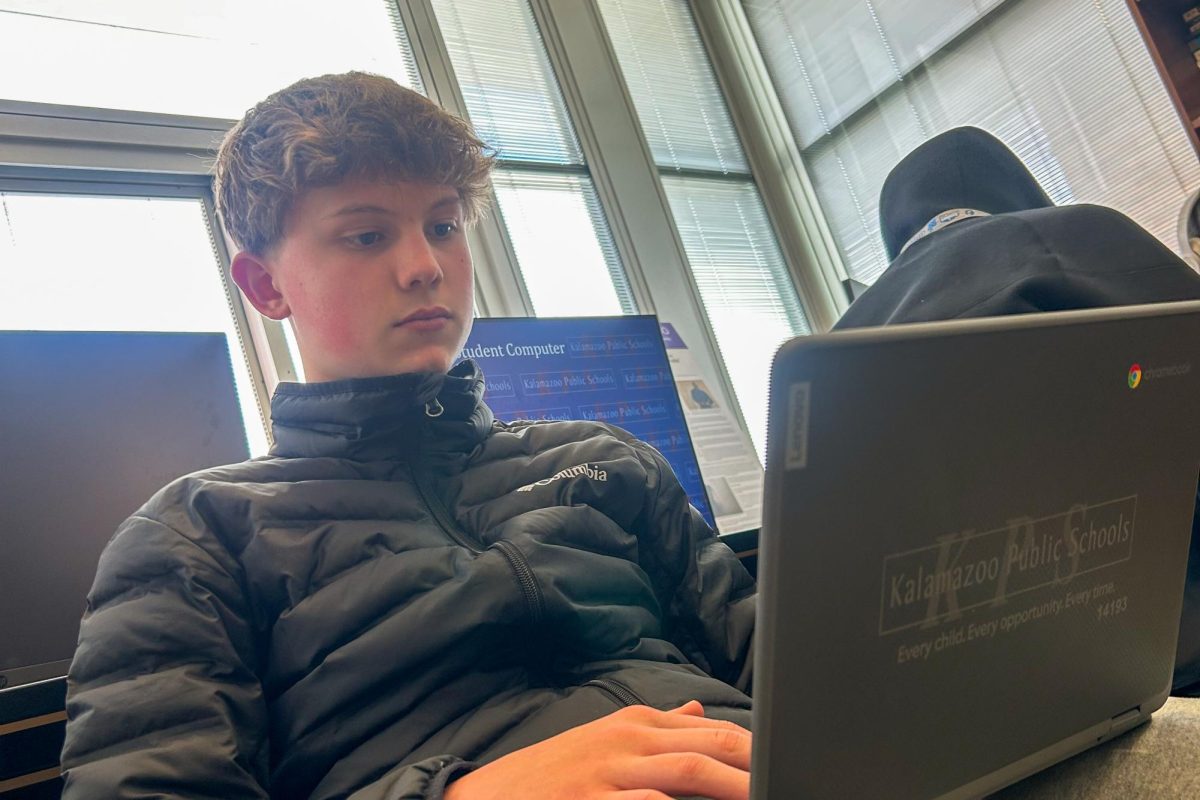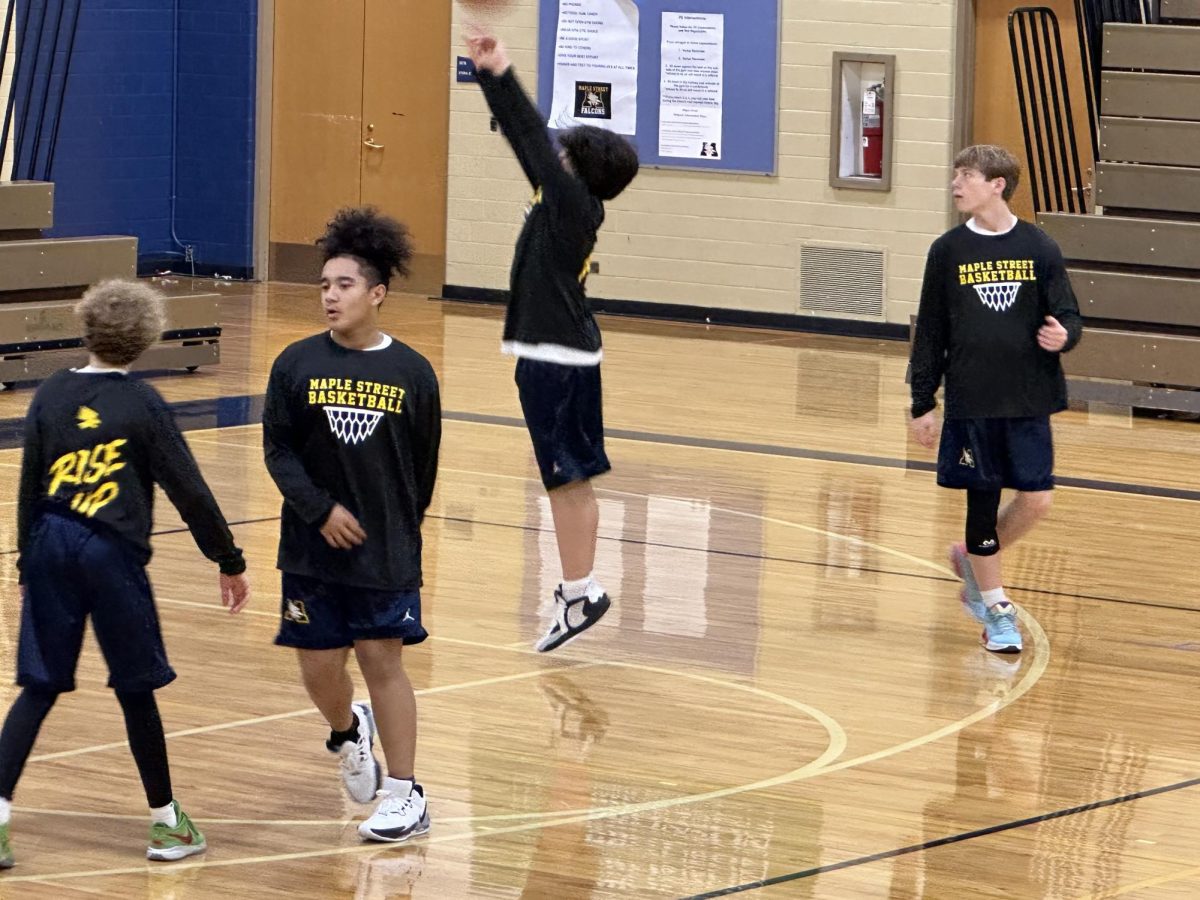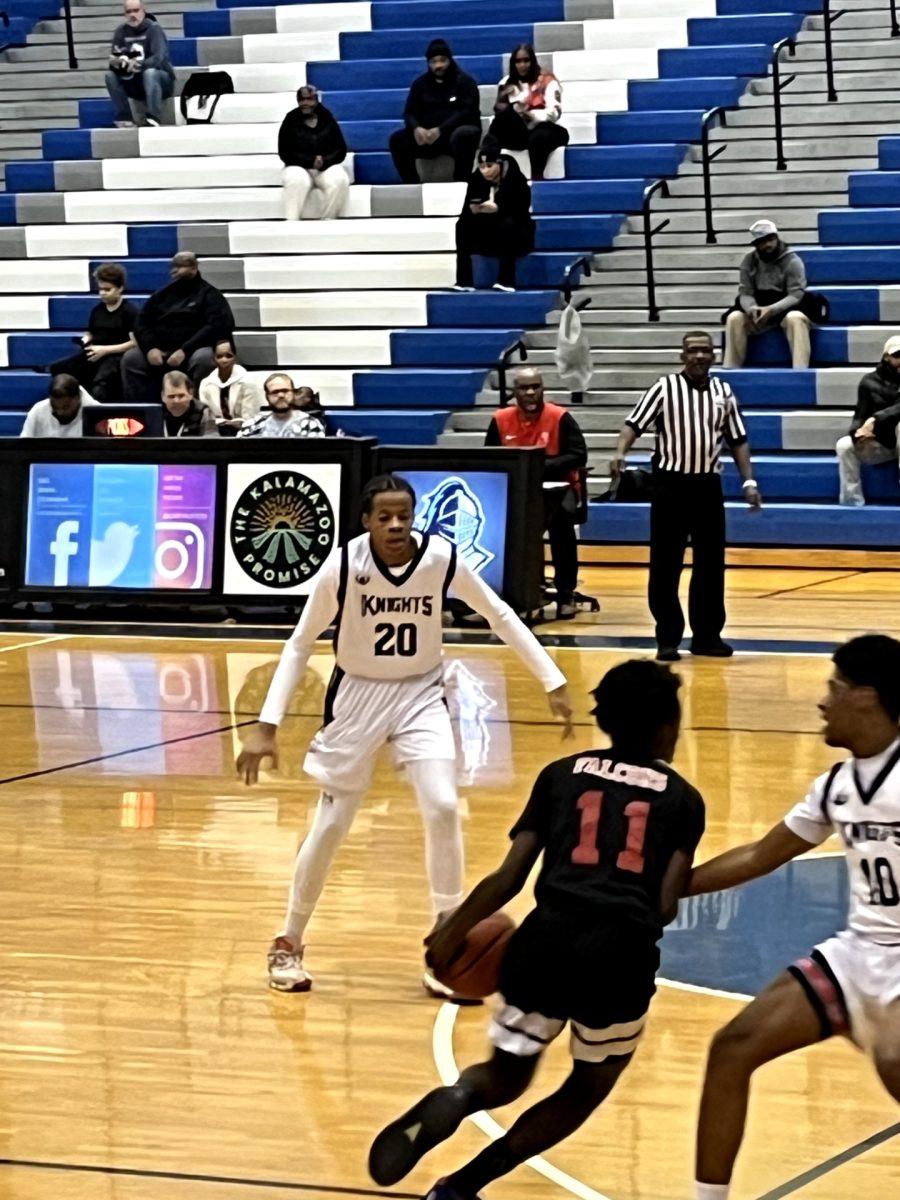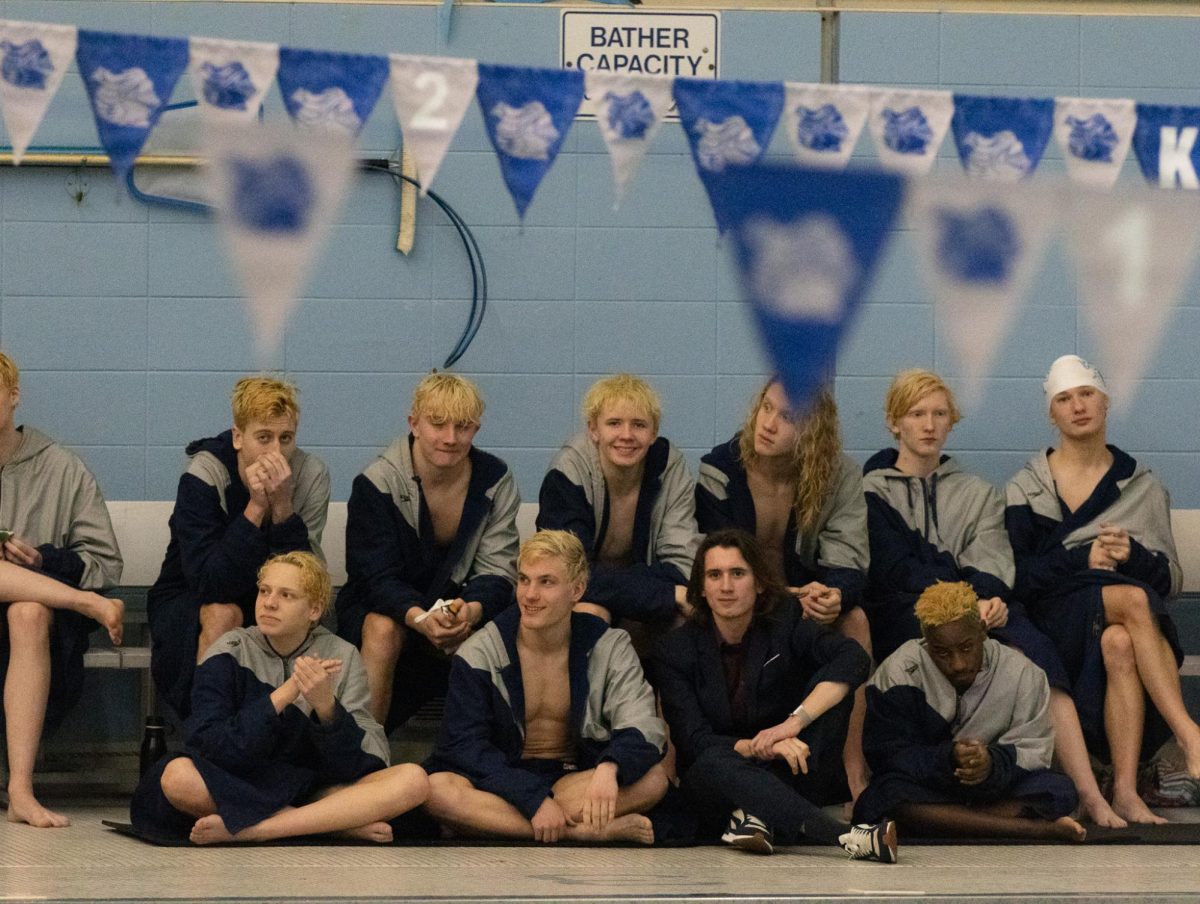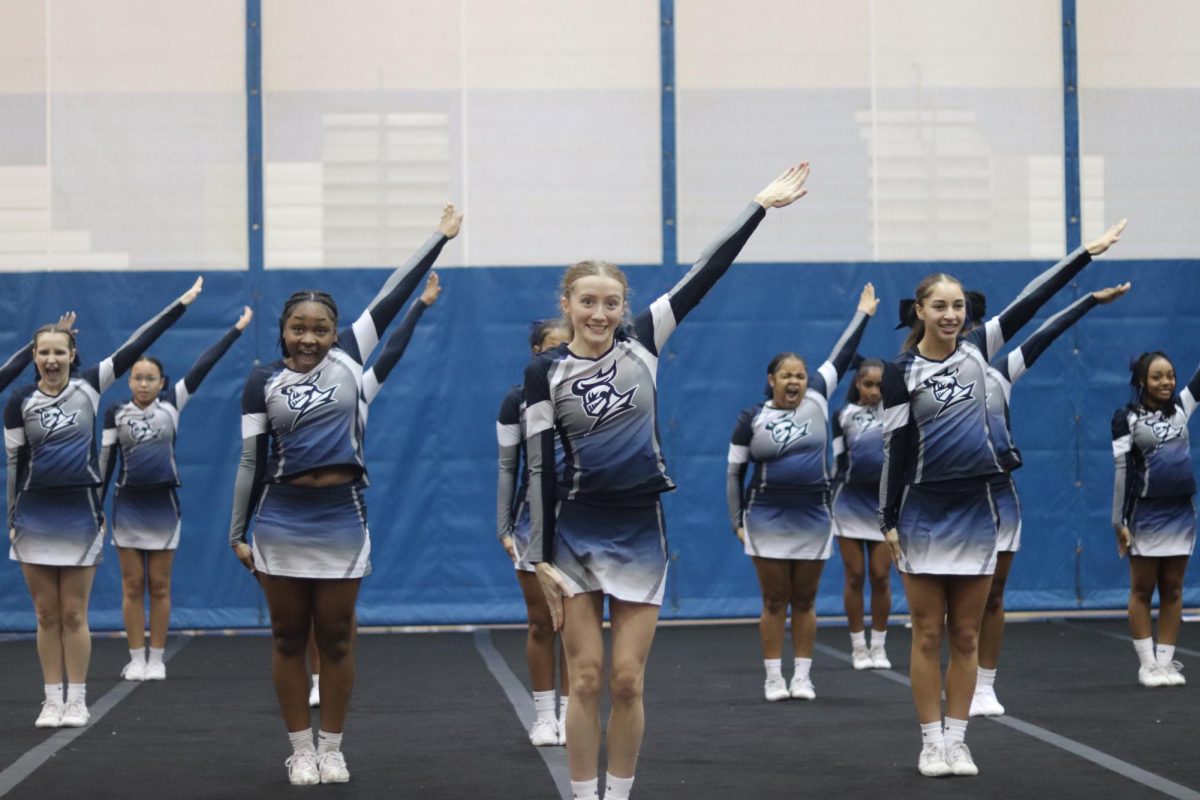It was 6 p.m., Ten hours after our volleyball tournament started, and I was finally on my way home; although, it wasn’t much of a relief, since I was scheduled to work shortly afterwards.
I noticed my quads were starting to feel pretty sore throughout the tournament, but I thought I was just getting tired. Near the end of my shift at work, however, I slipped and fell, straining my quad.
At the time, I thought my injury was much worse than it really was. Still, it’s safe to say it was the worst pain I’ve ever experienced. When I finally sat down after falling, I started thinking: can I still play volleyball?
The pain was so extreme that I passed out shortly after I fell and was brought to the hospital. After a few tests and an X-ray, I still wasn’t able to get an exact answer to what had happened – which scared me even more.
I eventually found out that the pain was a strain in my quad, which could take up to four weeks to heal. At the time, we were four weeks away from my senior year rivalry volleyball game against Kalamazoo Central. All this information was very stressful and put me in a bad place: everything I heard was bad news — it could take longer to heal than I thought, there wasn’t much to do but give it time, and I couldn’t even start practicing for at least two more weeks.
Receiving support from my coaches was very important to my physical and mental recovery. I was frustrated over my inability to play and practice, but I was able to express my thoughts and how I was feeling to my coaches without being judged, which played a big part in my mental and emotional recovery.
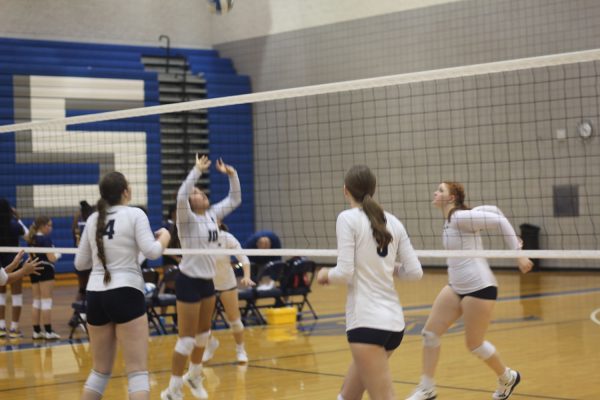
According to the Association for Applied Sports Psychology, “An important aspect of providing emotional support is to listen without judgment or preconceptions. When coaches can listen to their injured athletes in this way, they are demonstrating that they are invested in supporting injured athletes through the recovery process.”
LN varsity soccer coach Scott Forrester has seen a variety of injuries in his four decades of coaching soccer. Forester believes that rehab and physical therapy play an important part in an athlete’s devotion to getting back on the field or court.
“When there’s any downtime and they [the athletes] get involved in rehab, I think that develops a passion to get back on the field,” said Forrester.
My injury was distracting me a lot, and it was the only thing I could think about in school, at work, or whenever I felt the pain in my leg. My mind was filled with all the negatives of being injured while at practice, games and tournaments. I felt so restricted.
One of the biggest challenges I had to face was not being in control of the situation and accepting what’s happening. It was very upsetting knowing that the reason I’m not playing isn’t my fault, and there’s nothing I can do but give myself time to heal.
As reported by Weinstein Legal’s Sports Statistics, “Over 90 percent of high school athletes report that they had or have some sort of sports-related injury, and 54 percent report they have played while hurt.”
It’s difficult to make the right decision as an injured athlete since you’re the only one that knows exactly how you feel. You could fabricate your pain level and play on your injury, but this could possibly make it worse.
Once I thought I was healed enough to get back on the court, and I started practicing with my team again, I was so excited to be back in the game. It was almost two weeks after I started practicing again that I started playing in games again.
During my time off, I kept getting more and more motivated to get back on the court. As a result, I’ve never worked harder than when I returned to playing and I’m determined to stay on the court. The thought of getting injured again makes me nervous seeing how much it affected me both mentally and physically, but it’s not going to hold me back.


